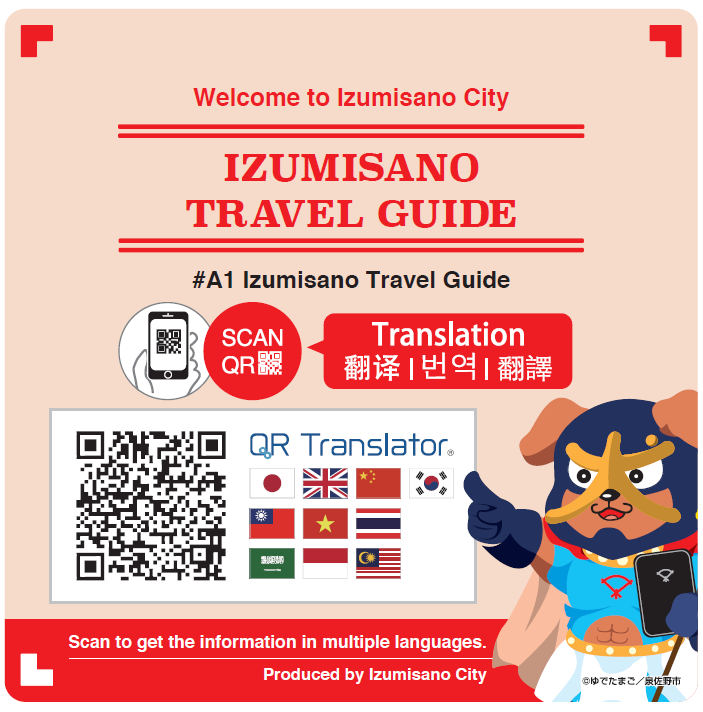Japanese Heritage Recommended Cultural Properties
Kitamae-Bune
Different Spaces Formed by Men Who Crossed Rough Waters: Kitamae -Bune Ports of Call and Shipowner Settlements
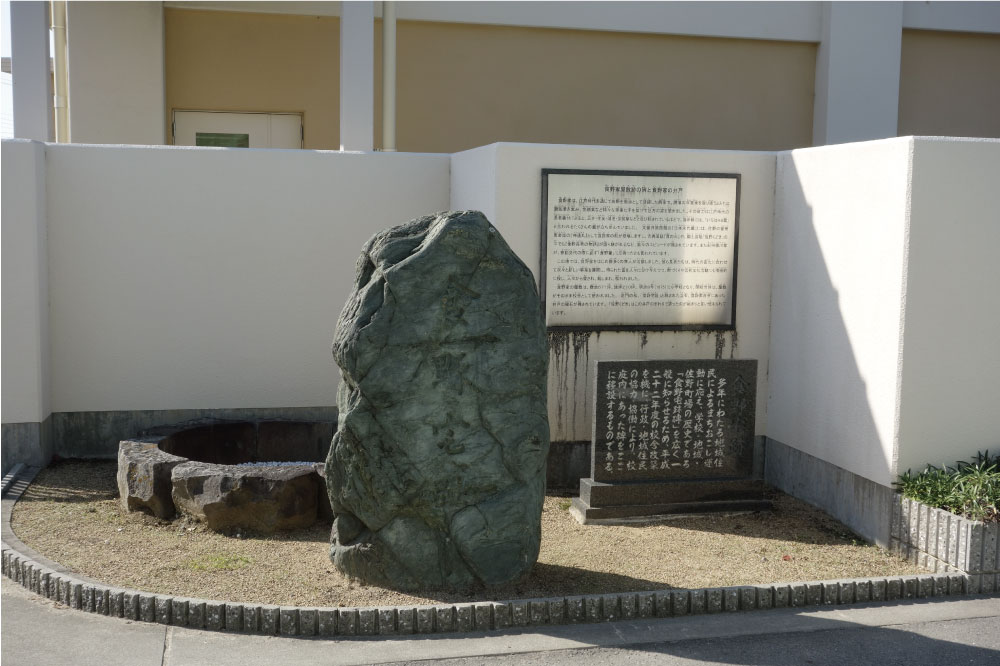
Story
The ships were fragile, the voyages fraught with danger. Yet for more than a century the kitamae-bune merchant ships traveled between Hokkaido and Osaka along the Sea of Japan, drawn by the magnificent fortunes that could be earned from their trade. The kitamae-bune were effectively trading companies on the sea.
From around the mid-18th century to the beginning of the 20th century they bought and sold goods at each port of call ranging from salt, herring, and rice to paper, knives, and clothing. A kitamae-bune large enough to carry about 150 tons of rice could earn the modern equivalent of 60 million to 100 million yen, or about US$500,000 to $900,000, on a single voyage. It is easy to understand why so many sailors sought to rise through the ranks of the crew and eventually save enough money to buy their own ship.The vast home of ship owner Sakaya Chobei is a vivid illustration of these potential riches. It was built in 1876 with some of the finest materials in the land and today houses a kitamae-bune museum in Kaga City, Ishikawa Prefecture. Among the items on display are navigational equipment used by crewmembers and a model of a kitamae-bune ship.
The kitamae-bune were purveyors of culture as well as goods, spreading folk songs, performing arts, food, and customs along their route. Sailors would learn local songs at a port, for example, which they would then sing at their next stop. As these songs traveled, they were developed into new folk music and performing arts that live on to this day.
See more details
https://japan-heritage.bunka.go.jp/ja/stories/story039/
https://www.kitamae-bune.com/travel/izumisano/
Recommended Cultural Properties
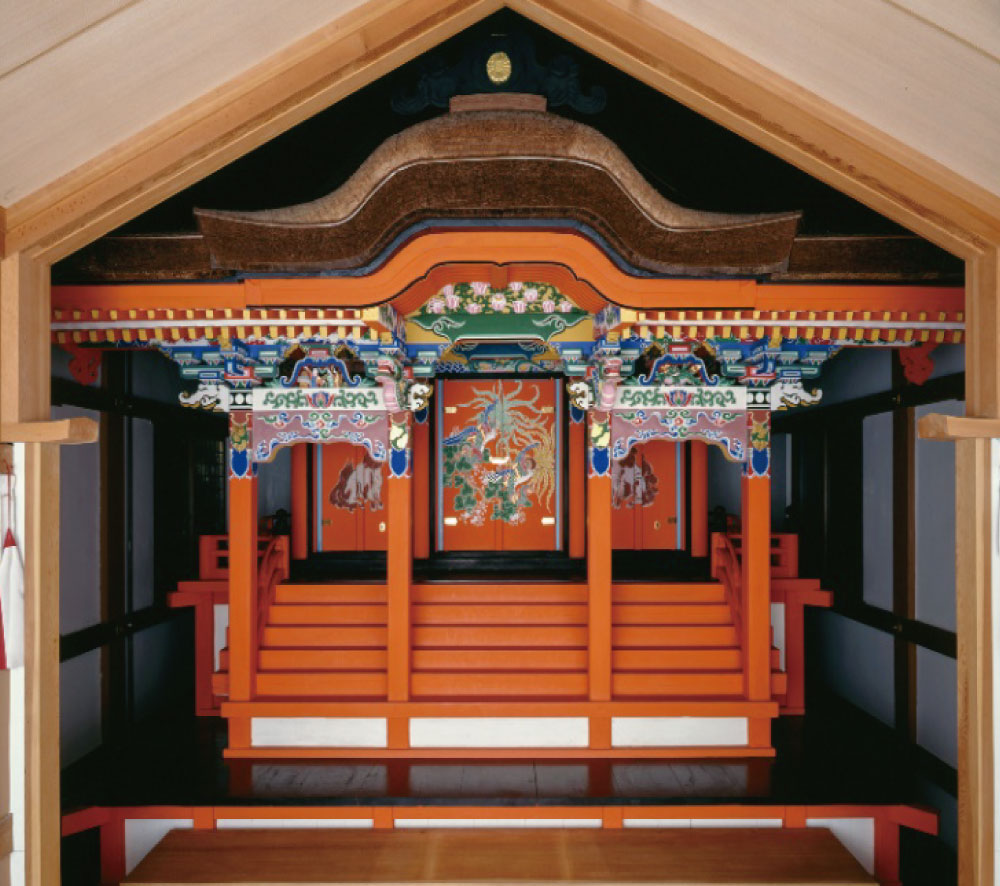
(1) Nakami Shrine
Long ago called Omiya Shrine, Nakami Shrine was renamed during the Meiji period by taking the first syllable from the names of three villages (Nakasho, Kamikawaraya and Minato). In 1577 it was destroyed in a fire caused by war, but the main hall was rebuilt in 1610. Beautifully decorated in vivid colors, the main hall is a designated cultural property of Osaka Prefecture. In the Nakami Culture Museum on the same premises, model benzaisen ships from the mid-Edo period are on display. These were offered by ship owners to wish for safety on the seas.
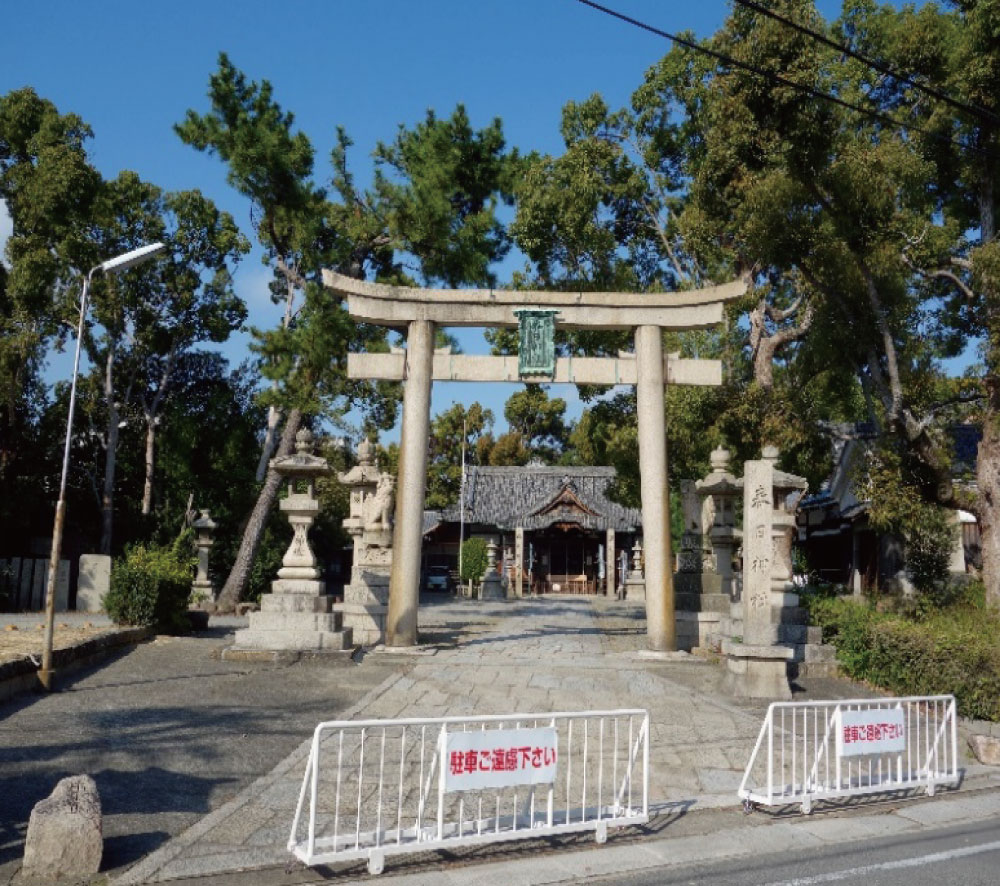
(2) Kasuga Shrine
Popular tradition holds that this shrine was established in the mid-8th century, but this building is from the mid-Edo period. From long ago, the shrine has been revered as the guardian deity of Izumisano. It is a place to ask for safety on the seas, and there are traditional lanterns and guardian komainu lion dogs offered by the influential Meshino and Karakane merchant families, among others. In summer, a shrine procession featuring large ornamental futon-daiko floats (originated from floats brought by kitamae-bune ships) from three local towns is held here.
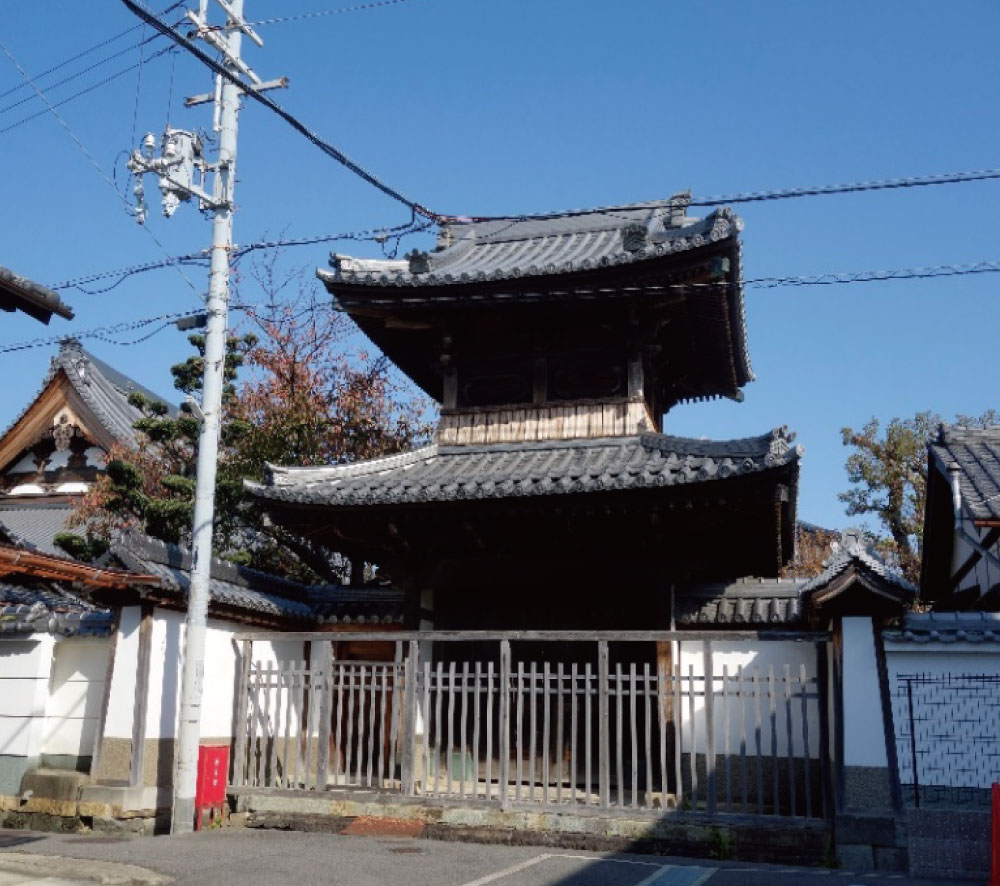
(3) Saiho-ji Temple
Revived in 1613 by the Meshino and Karakane families, this temple was thereafter known as Sano Gobo (Sano Temple). The Meshino family was deeply religious, and the Buddhist sutras that they offered are held here. Also, the drum tower gate was built with donations from the Meshino family, explaining the dedicated Akazu Gate specifically for the Meshino family’s use.




